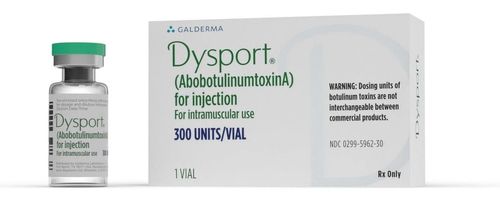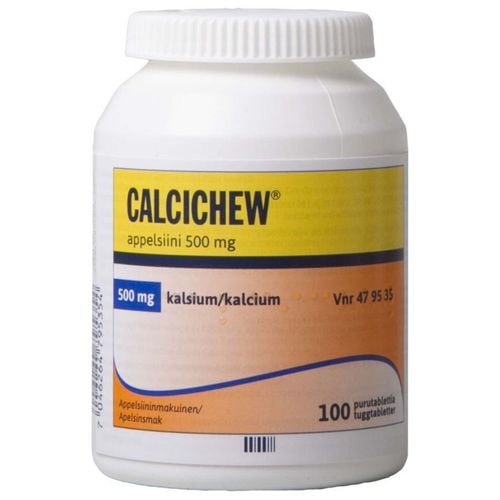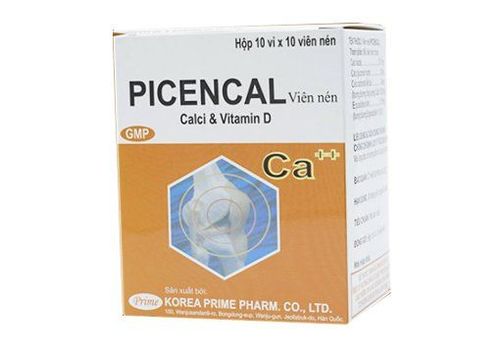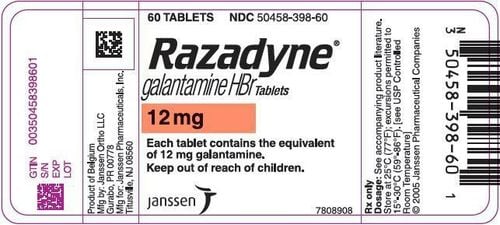This is an automatically translated article.
The article is professionally consulted by Doctor of Department of Examination and Internal Medicine, Vinmec Phu Quoc International General Hospital.Hypocalcemia is common in people with a low calcium diet, a reduced ability to absorb calcium due to vitamin D deficiency, intestinal resection, chronic malabsorption syndrome or taking a lot of diuretics in the form of furosemide. ..; or suffer from endocrine disorders such as hypoparathyroidism, increased secretion of calcitonin in thyroid cancer... It is necessary to recognize hypocalcemia and give first aid to avoid excessive panic.
1. What is calcium deficiency disease?
Calcium is an important mineral. The body uses it to build strong bones and teeth. Calcium is also needed by the heart and muscles to function properly. When you don't get enough calcium, you increase your risk of disorders like: osteoporosis, deficiency - osteomalacia.
Children who don't get enough calcium may not grow to their full potential as adults.
You should get the recommended amount of calcium each day through food, supplements or vitamins.
Trắc nghiệm: Bận rộn có ảnh hưởng đến sức khỏe của bạn không?
Cuộc sống hiện đại khiến chúng ta vì quá bận rộn mà quên chăm sóc sức khỏe cho chính mình. Ai cũng biết rằng lịch trình làm việc cả ngày có thể khiến bạn kiệt sức, nhưng cụ thể bận rộn ảnh hưởng thế nào tới sức khỏe? Hãy cùng làm thử bài trắc nghiệm dưới đây.
2. What causes hypocalcemia?
The older you get, the higher your risk of calcium deficiency. This deficiency can be caused by:Insufficient calcium intake for a long time, especially in childhood Taking medications that reduce calcium absorption Intolerance to dietary calcium-rich foods Hormonal changes factors, especially in women; Genetic factors. Adequate calcium intake at all ages is important. For children and adolescents, the recommended daily intake of calcium is the same for both sexes. According to the National Institutes of Health (NIH), the daily amount of calcium needed is:
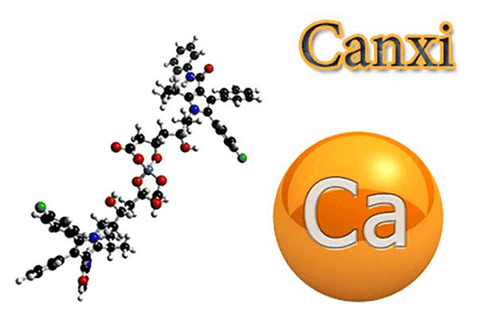
Women need calcium intake earlier than men, starting in middle age. Essential calcium requirements are especially important as women reach menopause.
During menopause, women should also supplement calcium intake to reduce the risk of osteoporosis and calcium deficiency disease. The decline in estrogen during menopause causes bones to become thinner.
Thyroid disorders, hormone disorders can also cause calcium deficiency disease. People with this condition do not produce enough parathyroid hormone, which controls calcium levels in the blood.
Other causes of hypocalcemia include malnutrition and malabsorption. Malnutrition is when you don't get enough nutrients, while malabsorption is when your body can't absorb vitamins and minerals from food even though you eat enough nutrients. Other causes include:
Vitamin D deficiency in the body, which makes it harder to absorb calcium Medicines such as phenytoin, phenobarbital, rifampin, corticosteroids, and medicines used to treat high blood calcium levels Pancreatitis Increased or decreased magnesium blood Hyperphosphatemia Septic shock Mass blood transfusion Renal failure Certain chemotherapy drugs Bone starvation syndrome, which can occur after surgery for hyperparathyroidism. Surgical removal of parathyroid tissue requires removal of the entire thyroid gland.
3. What are the symptoms of hypocalcemia?
Early calcium deficiency may not cause any symptoms. However, symptoms will develop as the condition progresses.
Severe symptoms of hypocalcemia include:
Confusion or memory loss Muscle spasticity Numbness and tingling in the hands, feet and face Depression Hallucinations Cramps Brittle and weak nails Brittle bones easily. A calcium deficiency can affect the entire body, leading to weak nails, slower hair growth, and thin skin.
Calcium also plays an important role in neurotransmitter release and muscle contraction. So calcium deficiency can cause seizures in healthy people.
If you begin to experience neurological symptoms such as memory loss, numbness and tingling, hallucinations or seizures, make an appointment with your doctor as soon as possible.

4. How to diagnose calcium deficiency disease?
If your doctor suspects a calcium deficiency, the medical staff will take a blood sample to check the calcium level in your blood. Your doctor will measure your total calcium levels, your albumin levels, and your free, ionized calcium levels. Albumin is a protein that binds calcium and transports it through the blood. Low calcium levels in the blood can confirm a diagnosis of calcium deficiency.
Normal adult calcium levels can range from 8.8 to 10.4 milligrams per deciliter (mg/dL), according to the Merck Manual. You are at risk for calcium deficiency if your calcium level is below 8.8 mg/dL. Children and teenagers often have higher blood calcium levels than adults.
5. How is hypocalcemia treated?
Calcium deficiency is usually easy to treat. It is usually related to your diet.
Do not self-medicate with calcium supplements. Taking more than the recommended dose without your doctor's approval can lead to serious problems like kidney stones.
Commonly recommended calcium supplements include:
Calcium carbonate, the least expensive and most abundant in elemental calcium Calcium citrate, the most easily absorbed Calcium phosphate, which is also easily absorbed and does not cause constipation.
6. What are the possible complications of hypocalcemia?
Complications from calcium deficiency include eye damage, irregular heartbeat and osteoporosis, disability, fracture, difficulty walking.
7. How can hypocalcemia be prevented?

You can prevent calcium deficiency disease by adding calcium through your daily diet. Be aware that calcium-rich foods, such as dairy products, can also be high in saturated fat and trans fat. Choose low-fat or fat-free foods to reduce your risk of high cholesterol and heart disease.
You can get 1/4 to 1/3 of the RDA of calcium in one serving of milk and yogurt. According to the United States Department of Agriculture (USDA), other calcium-rich foods include: Sardines, Salmon (persimmon, canned, with bones), Tofu, White Beans, Collard Greens (cooked). , Broccoli (cooked), Figs (dried), Fortified Orange Juice, Bread.
You can get calcium by taking a multivitamin. Multivitamins may not contain all the calcium you need, so eat a diet full of calcium. If you are pregnant, take a pregnancy vitamin.
Vitamin D Vitamin D is important because it speeds up the absorption of calcium into your bloodstream. Ask your doctor how much vitamin D you need each day. Or you can add foods rich in vitamin D to your diet. Includes:
Fatty fish like salmon and tuna Fortified orange juice Micronutrient milk Portobello Eggs. As well as calcium-rich dairy products, some vitamin D-rich dairy products can also be high in saturated fat.
Sunlight triggers your body to make vitamin D, so regular exposure to the sun can also help boost your vitamin D levels.
Lifestyle changes In addition to maintaining healthy calcium and vitamin D levels, there are several lifestyle changes you can make to promote bone health. These include:
Maintain a healthy body weight Regular exercise Limit tobacco and alcohol use. In short, hypocalcemia is very dangerous, as soon as there are signs of symptoms related to the disease, you should go to a reputable medical facility for timely examination and treatment to avoid unwanted complications.
Please dial HOTLINE for more information or register for an appointment HERE. Download MyVinmec app to make appointments faster and to manage your bookings easily.






